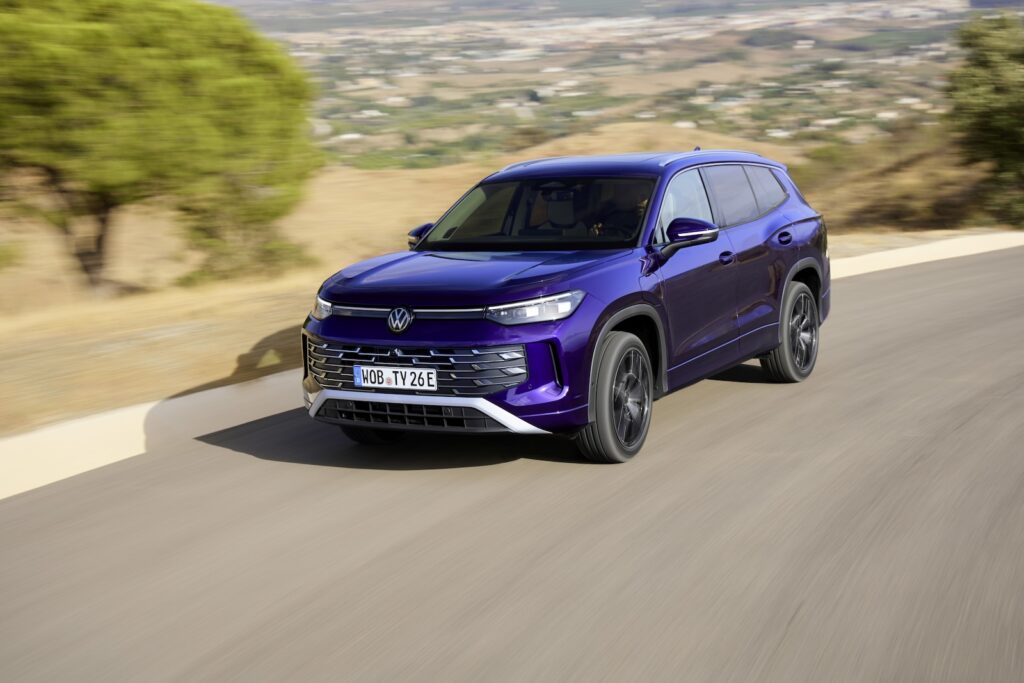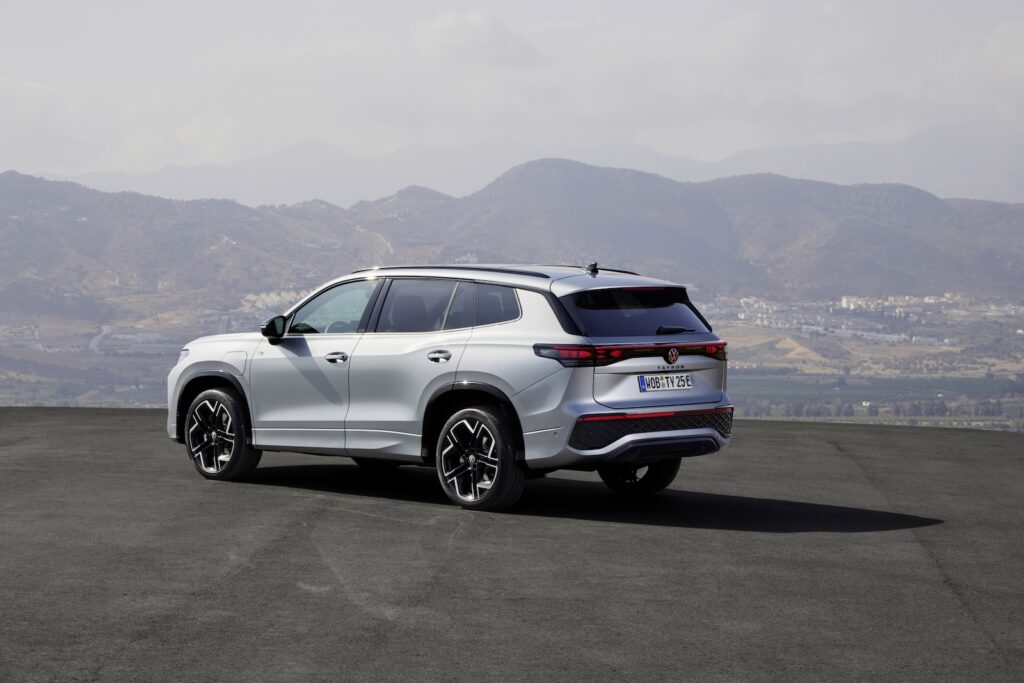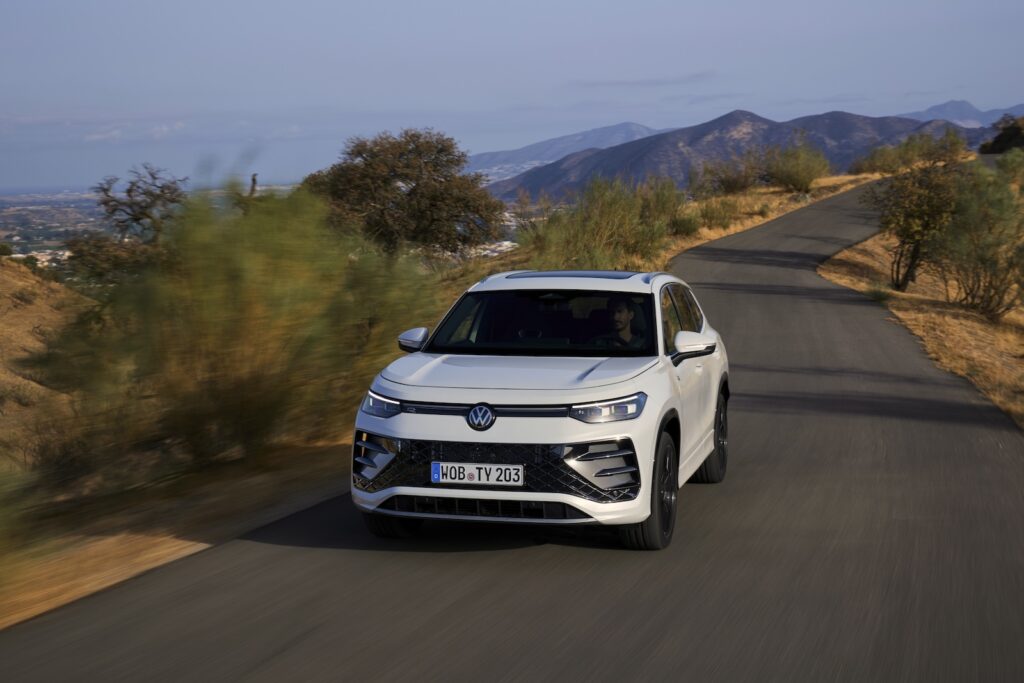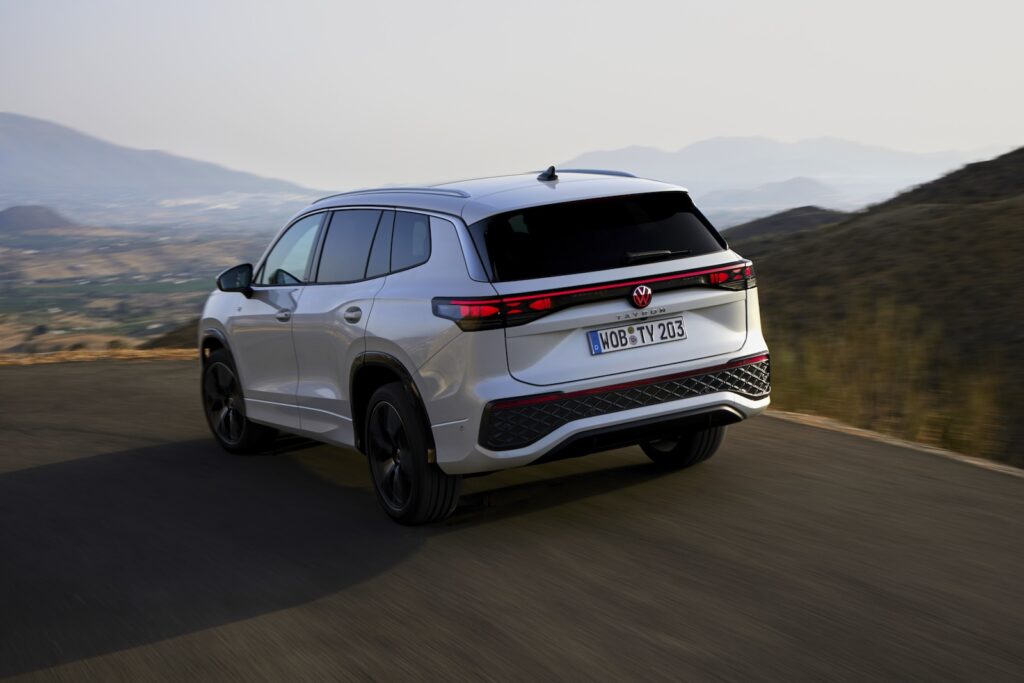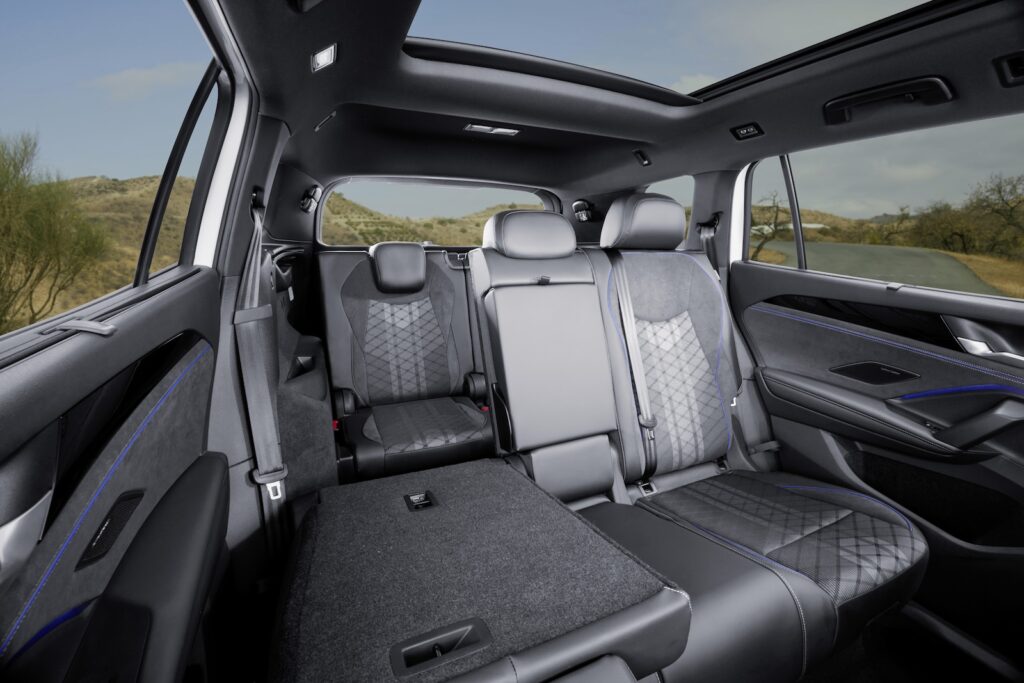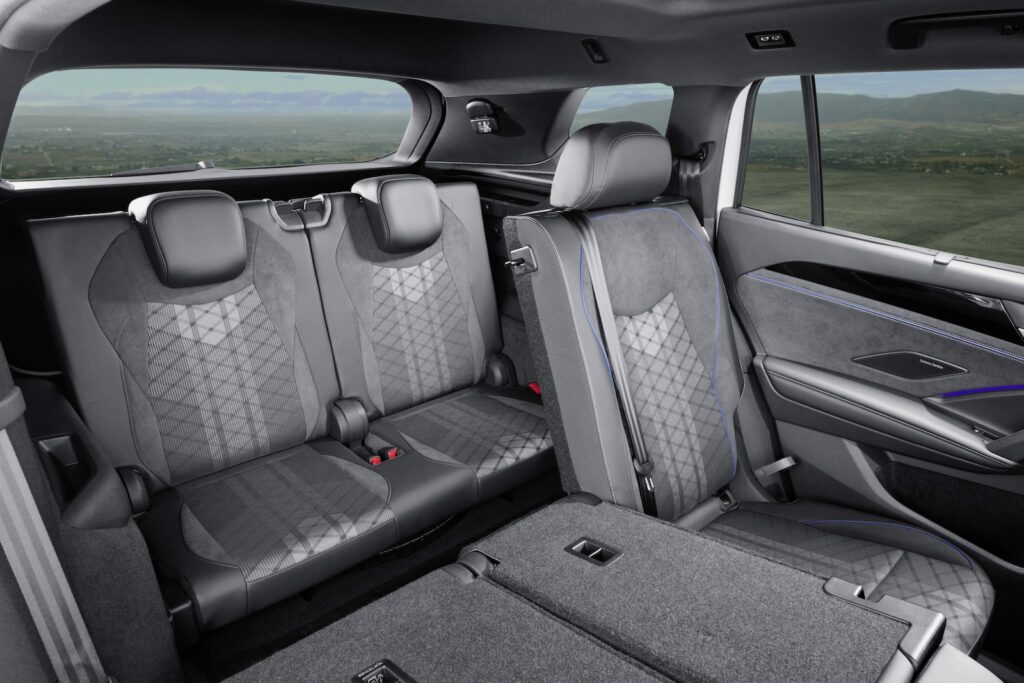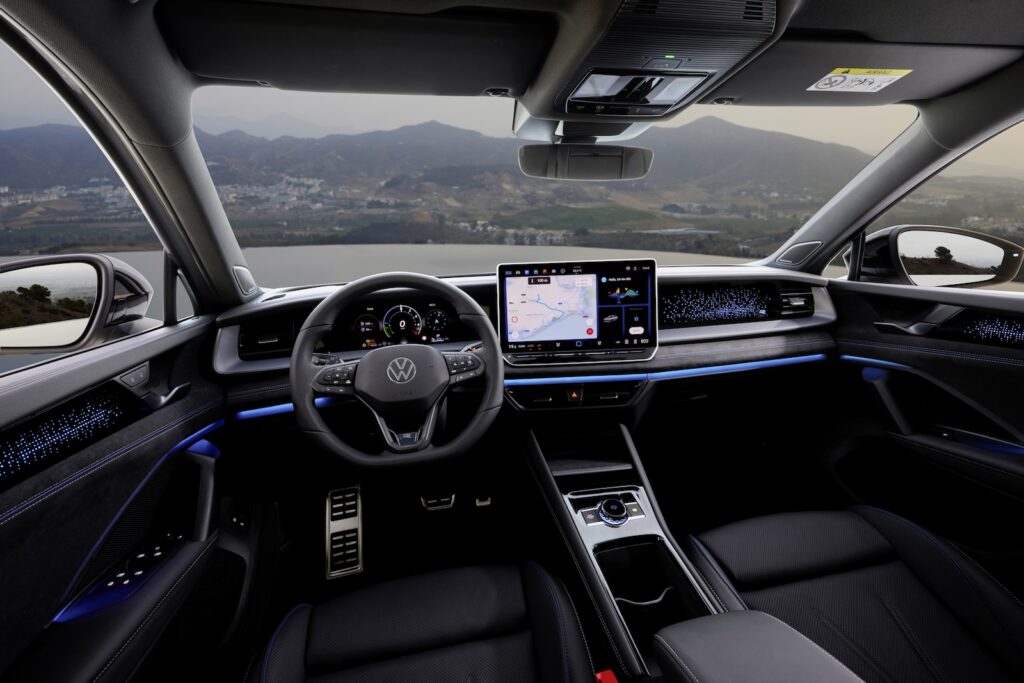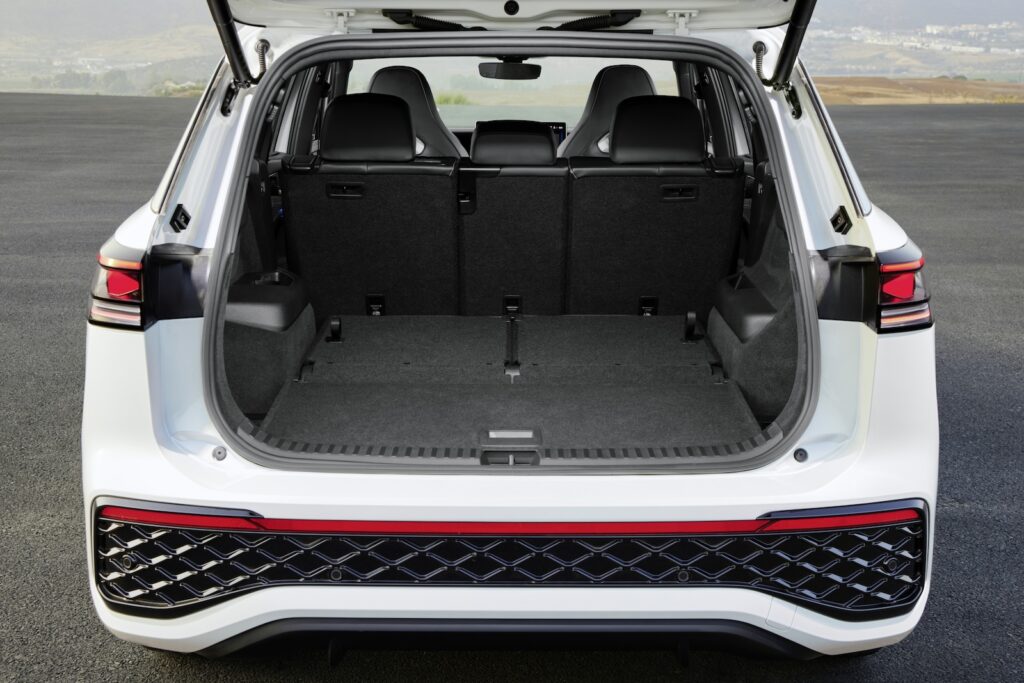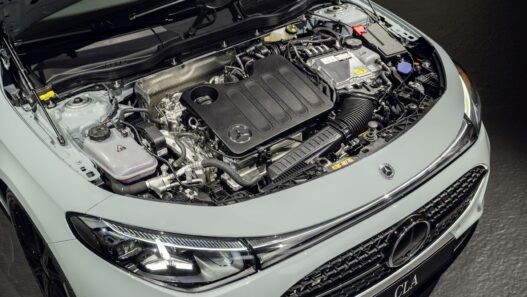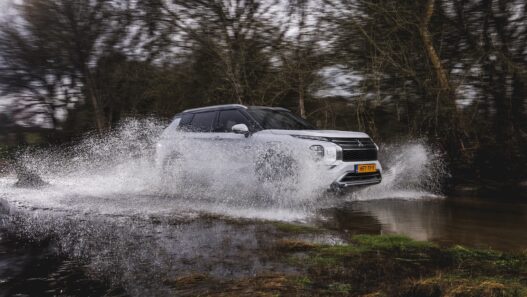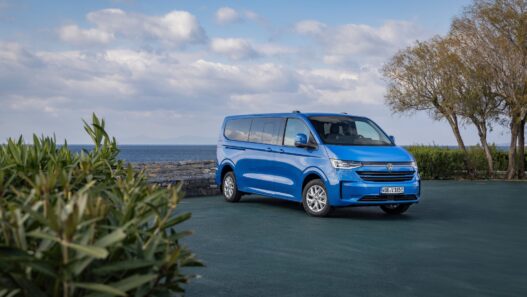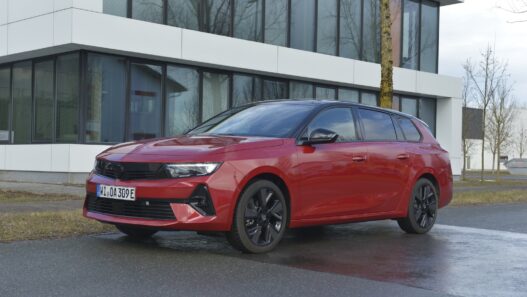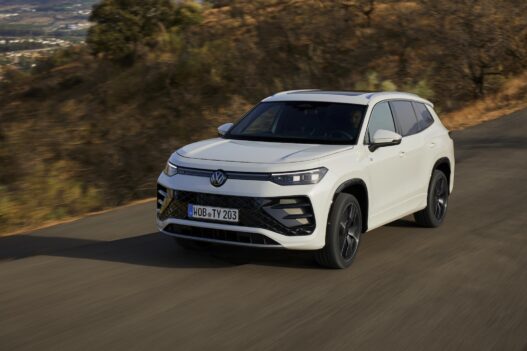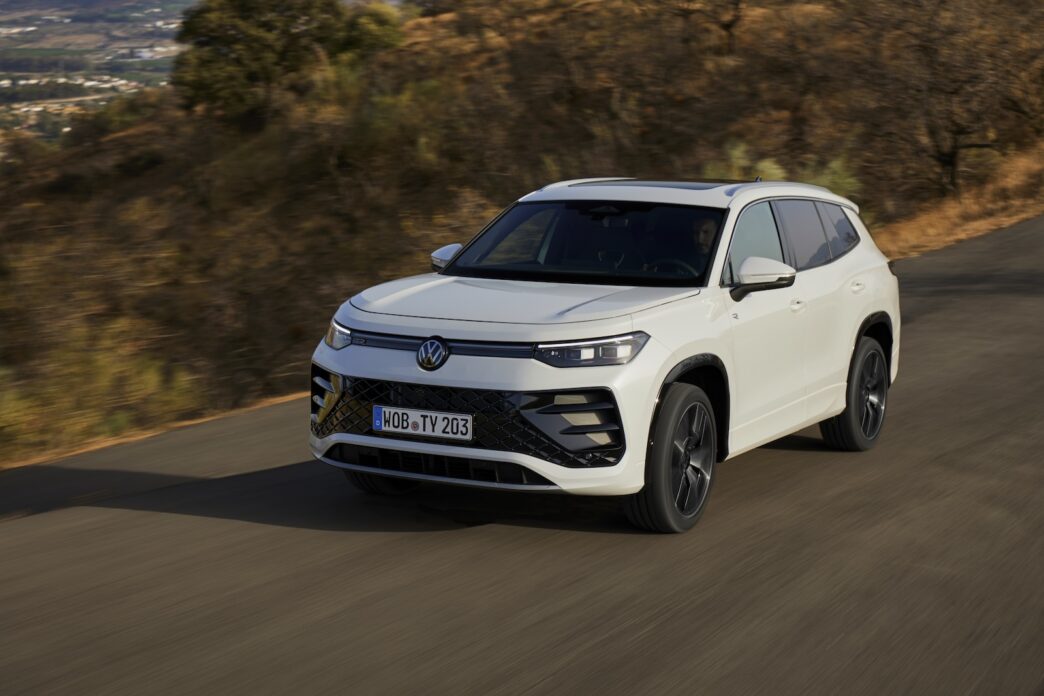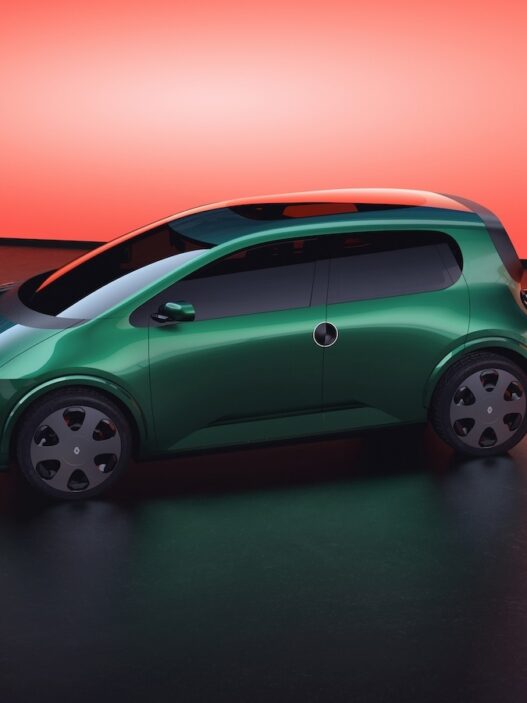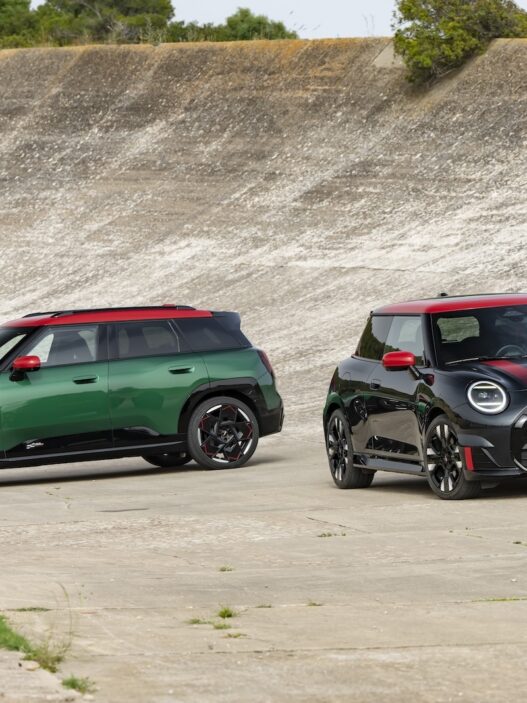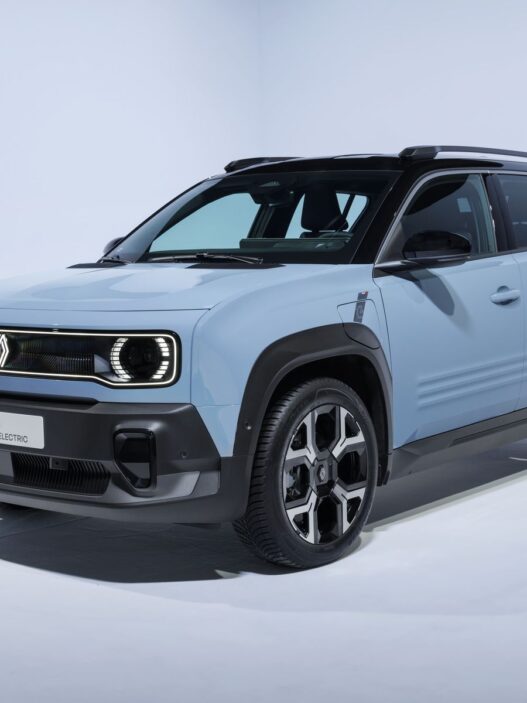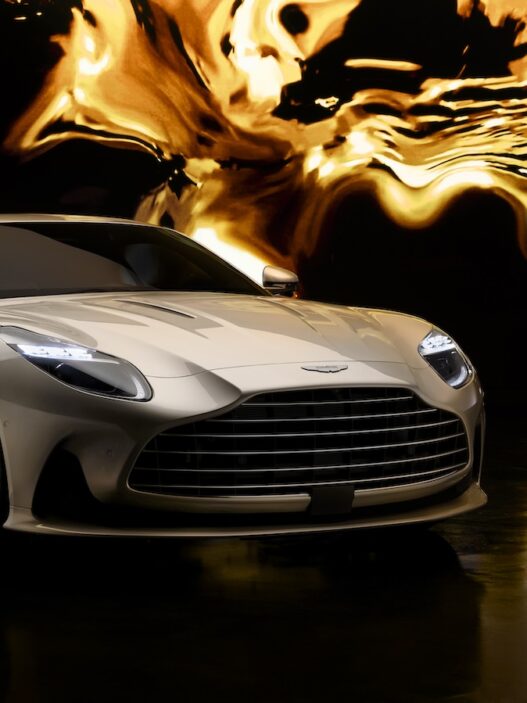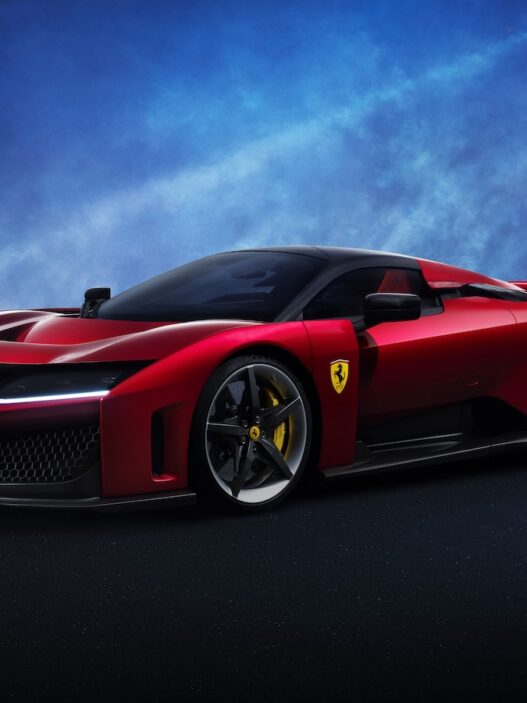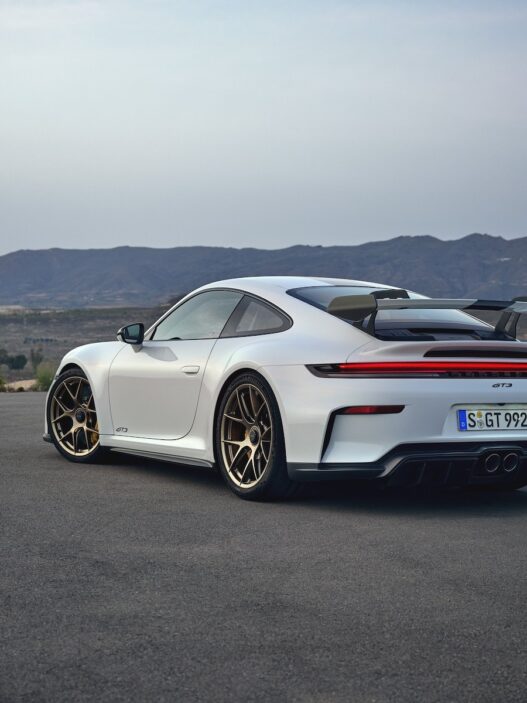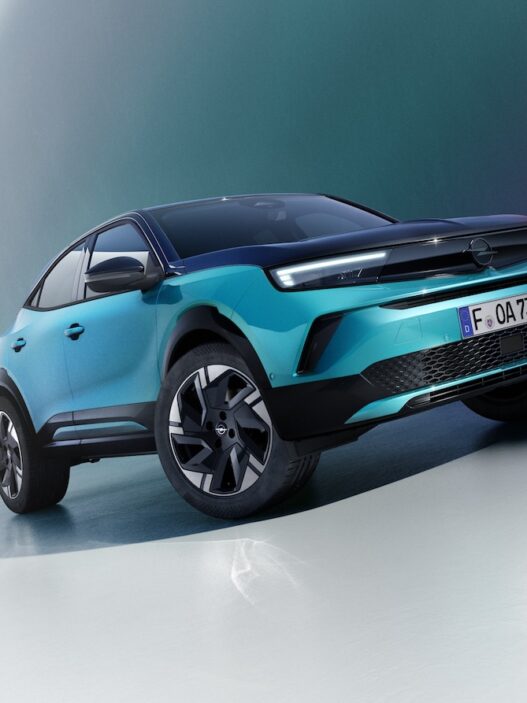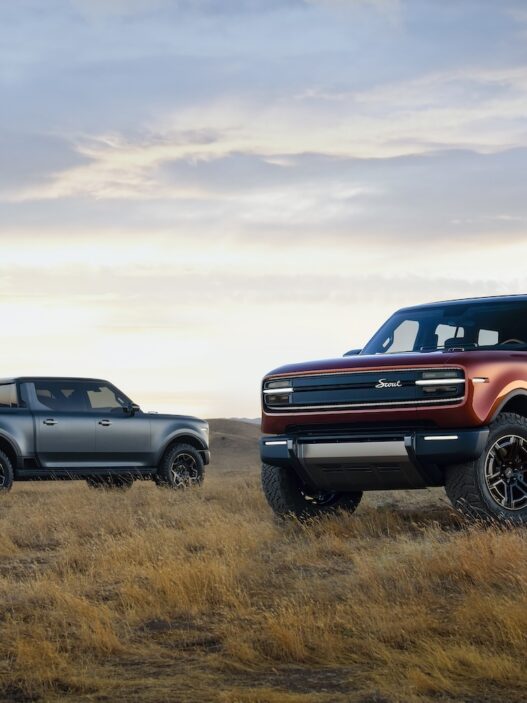Next spring, the Tiguan gets a bigger sibling, the VW Tayron, which will establish itself as its own model line rather than adopting the XL or Allspace name extensions.
Unraveling Volkswagen’s Crossover Nomenclature
Volkswagen’s crossover lineup can be a bit of a puzzle: Touareg, Tiguan, Taigo, T-Cross, T-Roc—not to mention China and South America-only models like Taos and Terramont. Now, joining this lineup is the new Tayron, a 4.77-meter SUV that’s meant to bridge the gap between the Touareg and Tiguan, and attract customers with its added space and premium appeal. Notably, the Tayron is built without a trace of the ID family or modular electric architecture. This is a traditional combustion engine vehicle with ample space and comfort, also available as a plug-in hybrid. Its technical foundation shares the MQB platform with the popular Tiguan.

The Tayron arrives as an “XL Tiguan” at an opportune time, with electric vehicle sales facing headwinds in many markets. This larger mid-size SUV with tried-and-true powertrain options appeals to those seeking more space and conventional power. The key difference from the Tiguan is the extra length, allowing for an optional third row for families. Most European buyers, however, will likely go for the five-seat setup, giving the Tayron a massive rear cargo area. Depending on the seating configuration, cargo space ranges from 885 to 2,090 liters—a substantial amount. Even with seven seats, there’s still 345 liters. And when it comes to towing, the Tayron stands out compared to many electric crossovers, with a towing capacity of up to 2,500 kilograms, depending on the powertrain.
A Diverse Engine Range
To ensure the Tayron can transport people and cargo efficiently, Volkswagen offers a wide range of engine options: hybrid, plug-in hybrid, diesel, and gasoline. Everything but a full-electric model is available. Diesel and gasoline models come with optional all-wheel drive, while the hybrid versions stick with front-wheel drive. The base model, the Tayron 1.5 eTSI, generates 110 kW / 150 PS, and like all Tayron variants, delivers power through a dual-clutch transmission.
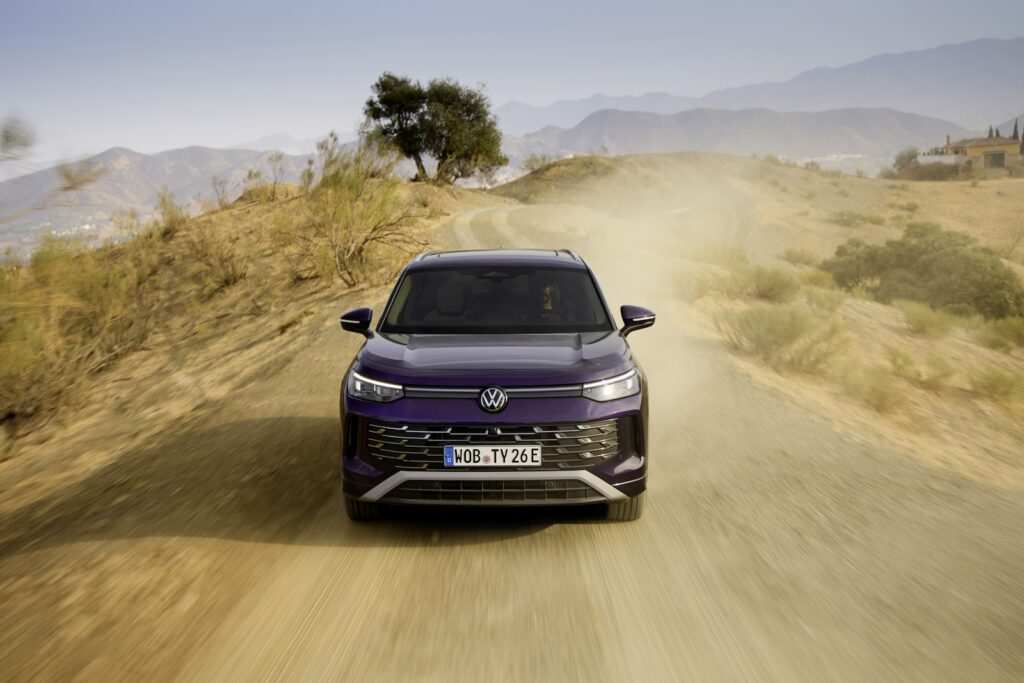
For those interested in hybrid options, the Tayron offers two plug-in hybrid models, with either 150 kW / 204 PS or 200 kW / 272 PS. For a more spirited drive, the 193-PS 4×4 diesel or the top 195 kW / 265 PS gasoline version might appeal, both featuring all-wheel drive and a seven-speed dual-clutch transmission.
Spacious, Comfort-First Interior
Inside, the Tiguan’s larger sibling comfortably seats up to seven, though the third-row seats are best suited for smaller children. The first and second rows provide ample space for adults, with plenty of adjustment options that can be enhanced with power controls, climate seating, and even massage functions.
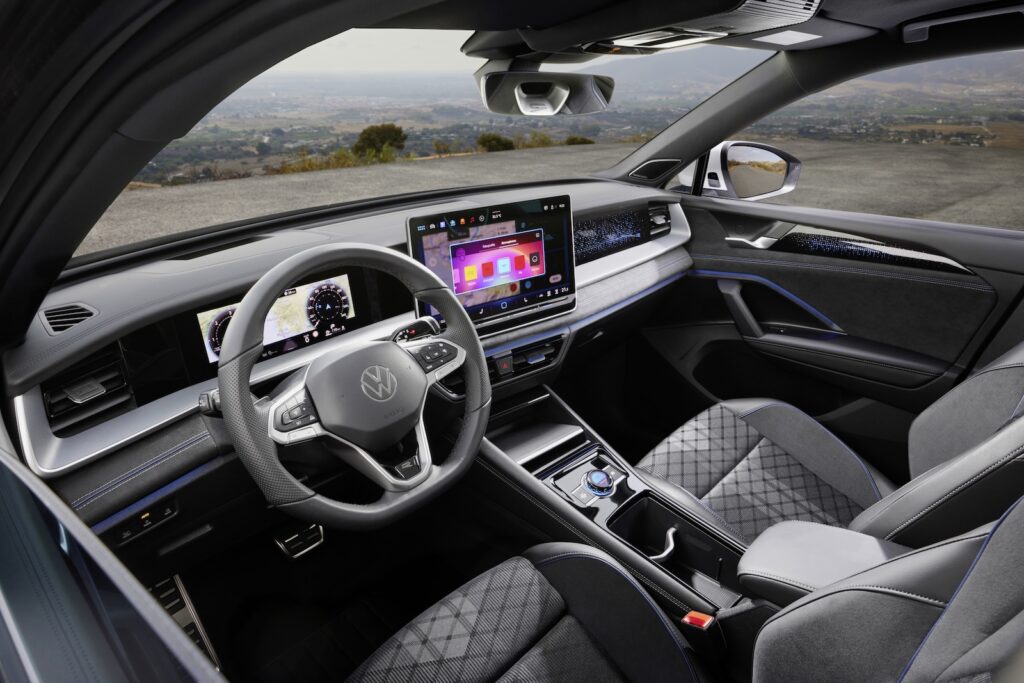
Unlike the ID electric models, the Tayron’s interior has a more upscale feel, with genuine leather seating available as an option, avoiding the all-synthetic choices common in some electric VW models. The familiar digital displays and controls from other VW models are all present, including a 15-inch central touchscreen for controlling navigation, sound, and other functions. A passenger display isn’t available at the moment.
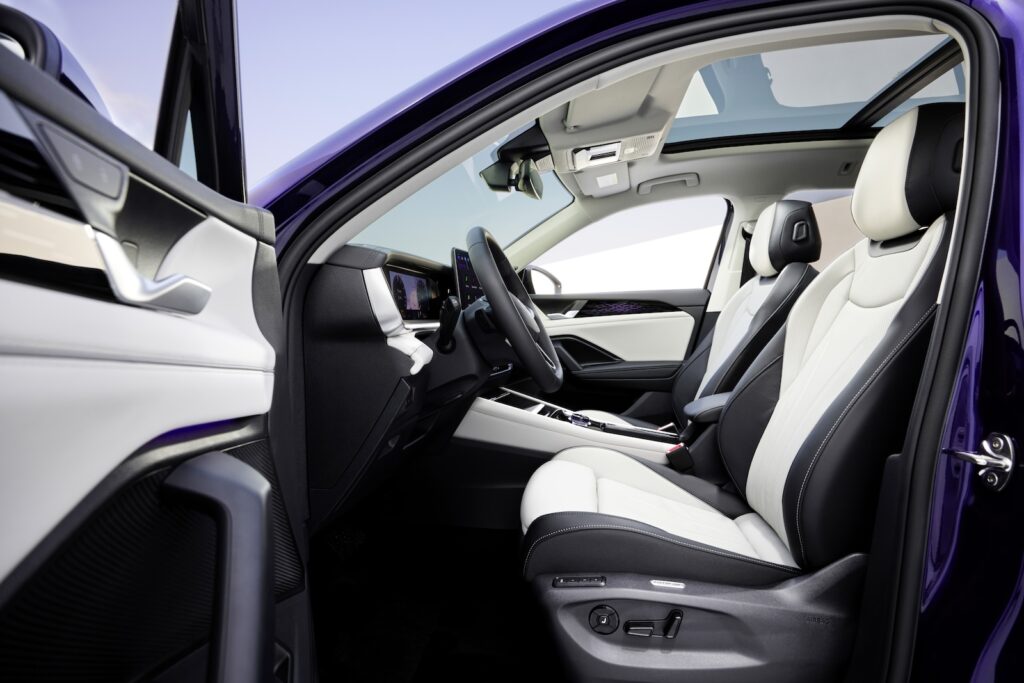
There are numerous storage compartments throughout the interior, though the hard plastic surfaces in the lower areas feel somewhat out of place given the Tayron’s premium aspirations. Pricing for the new VW Tayron is expected to start at just over 40,000 Euro.
